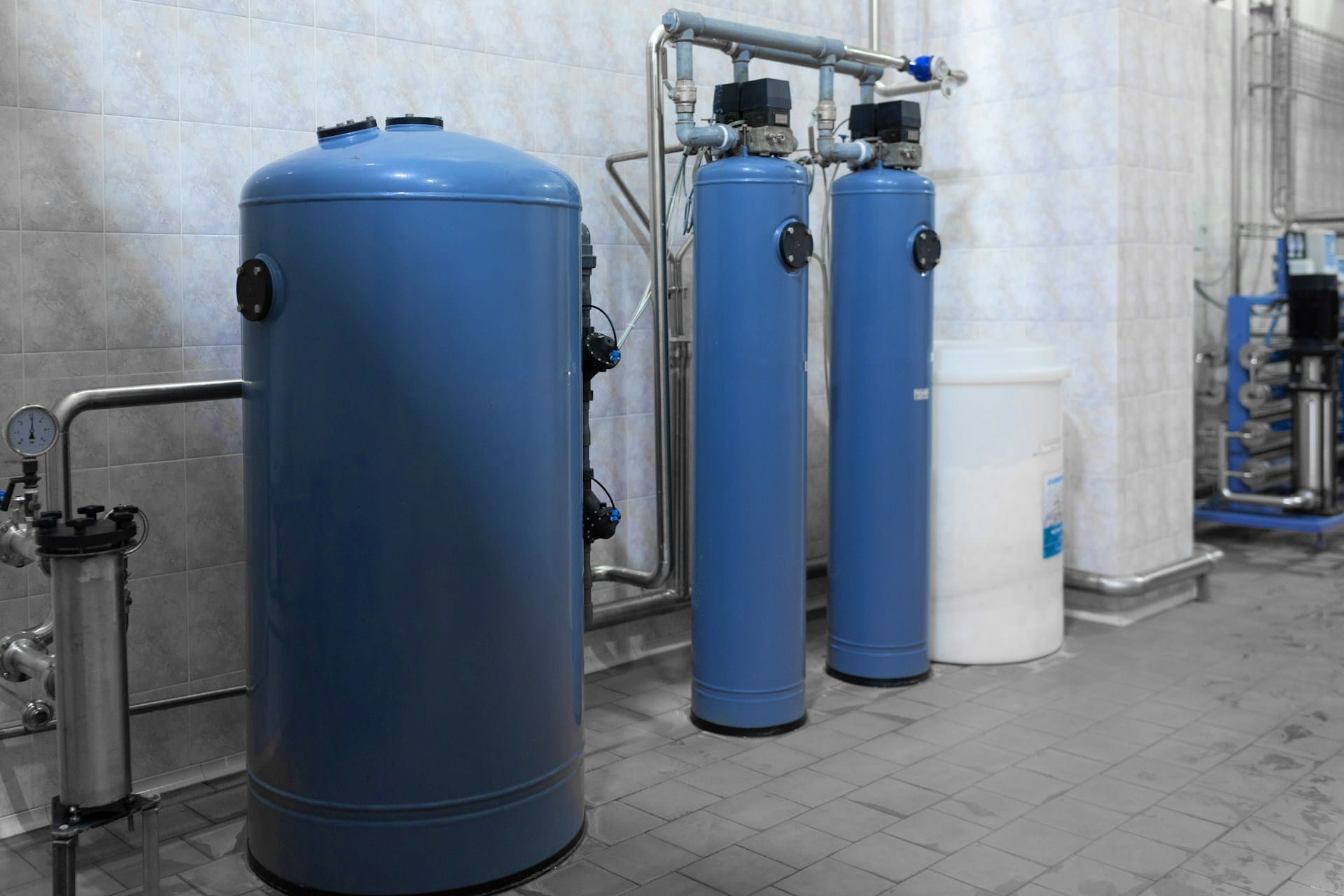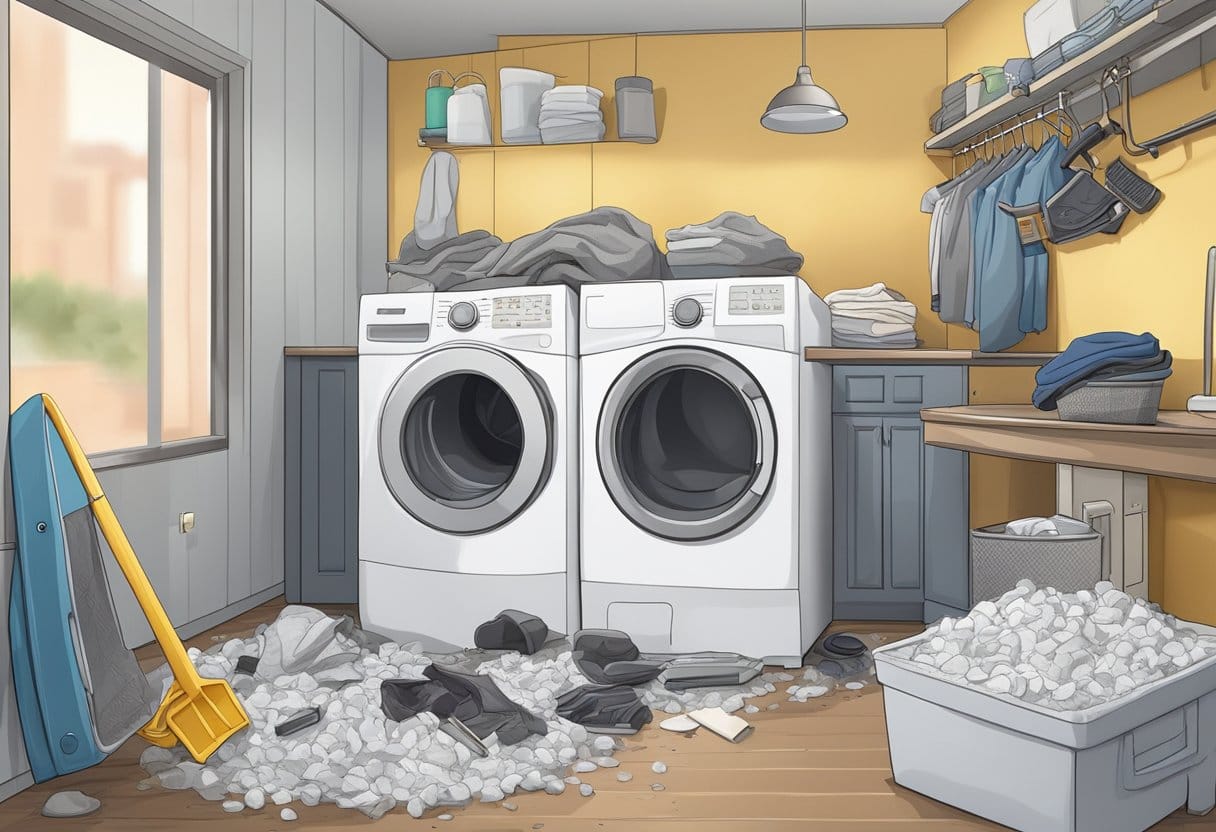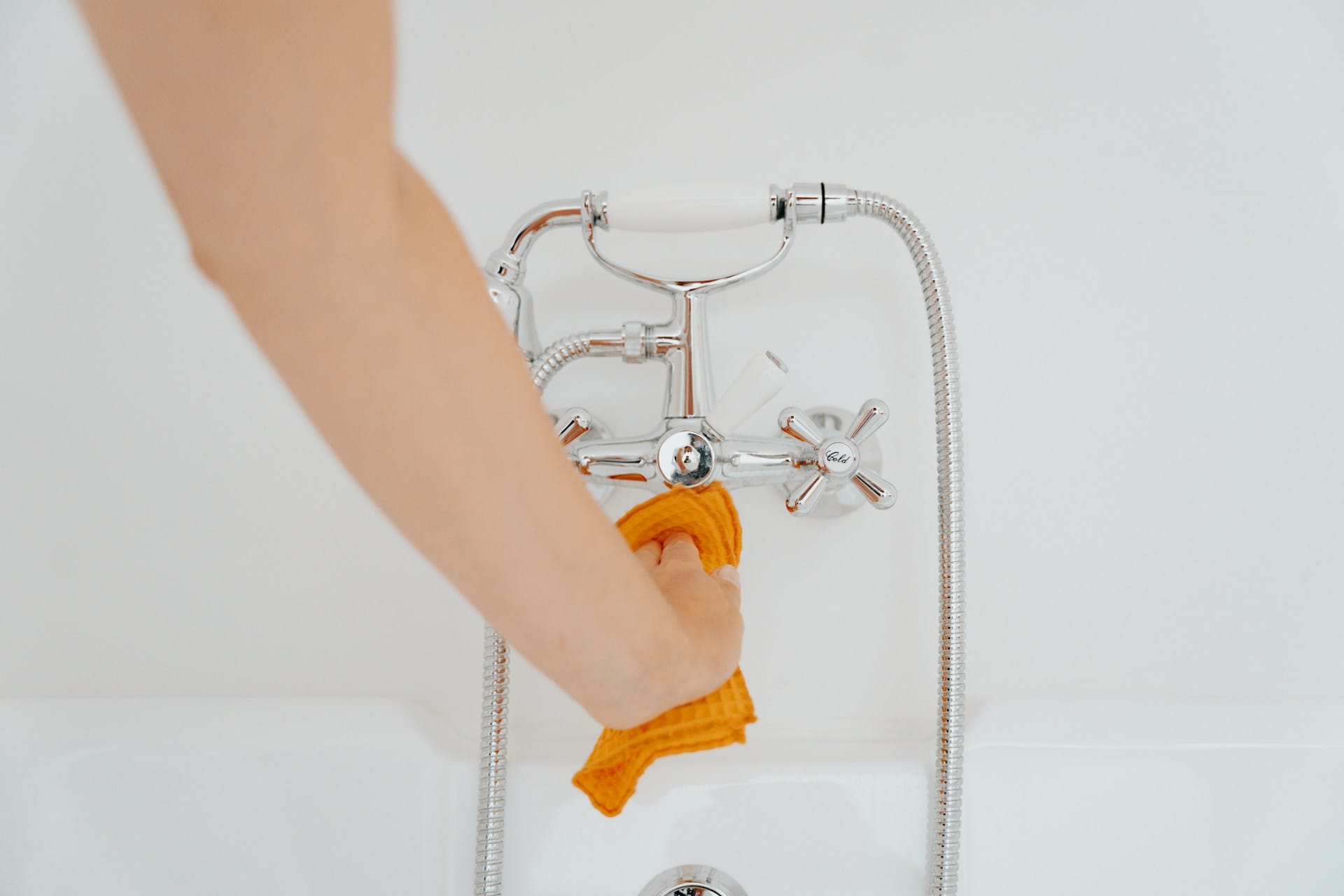Owning a home comes with many responsibilities, and understanding the cost of maintaining it is crucial for effective budgeting. On average, homeowners should allocate about 1% to 4% of their home’s value annually for maintenance expenses. This range can help you prepare for regular upkeep and unexpected repairs alike, ensuring your living environment remains safe and functional.
Regular maintenance not only protects your investment but can also extend the lifespan of essential home systems and appliances. By prioritizing preventive care, you can save money in the long run and enhance your home’s overall value. Knowing the financial commitment involved helps you make informed decisions about how to manage your property effectively.
In this blog post, you will discover various aspects of home maintenance costs, including specific services that can help you stay on top of your responsibilities and avoid costly surprises. Understanding these costs is the first step toward a well-maintained home that serves you and your family for years to come.
Understanding the Costs of Homeownership
Homeownership involves various financial commitments beyond the initial purchase price. It’s crucial to recognize these expenses, which can significantly impact your budget. Key considerations include the costs incurred during the initial home purchase and ongoing mortgage payment obligations.
Initial Home Purchase Costs
The initial costs of buying a home include several significant components.
- Down Payment: Generally, you should expect to pay between 3% to 20% of the home’s purchase price upfront. A larger down payment can reduce monthly mortgage payments but requires more significant initial savings.
- Closing Costs: These can range from 2% to 5% of the loan amount and cover fees for inspections, appraisals, and other necessary services.
- Home Inspection: This service typically costs around $300 to $500 and ensures that the property is structurally sound.
Understanding these costs will help you better prepare for homeownership.
Mortgage Payments Breakdown
Your monthly mortgage payment consists of several key elements that contribute to its overall cost.
- Principal: This is the loan amount borrowed, excluding interest.
- Interest: The fee charged by the lender, typically expressed as an annual percentage rate (APR).
- Property Taxes: These are assessed by local municipalities and can vary widely based on location.
- Homeowners Insurance: This protects your home against damages, and premiums can range from $500 to $1,500 annually.
- PMI: If your down payment is less than 20%, you might pay private mortgage insurance, which adds to your monthly costs.
Focusing on these breakdowns ensures you budget accurately and maintain financial stability throughout your homeownership journey.
Routine Home Maintenance and Care
Regular maintenance is essential for preserving the value and functionality of your home. By attending to specific tasks, you can prevent larger issues down the line and enhance the longevity of your property.
Maintenance for Older Homes
If you own an older home, routine maintenance is even more critical. Various factors such as outdated materials and wear over time can require more frequent inspections. Here are some key aspects to focus on:
- Roof and Gutters: Inspect these areas regularly for signs of damage. Clogged gutters can lead to water damage.
- Plumbing: Examine pipes for corrosion. Older homes may have lead pipes, which should be replaced to ensure safety.
- Electrical Systems: Check for outdated wiring. An electrical inspection can prevent potential hazards.
Set aside a budget for repairs and upgrades, as older homes often need more care than newer constructions.
The Importance of Routine Maintenance
Routine maintenance helps safeguard your home against costly repairs. When you prioritize regular upkeep, you can:
- Extend Lifespan: Regular tasks like HVAC servicing can prolong the lifespan of systems.
- Prevent Major Repairs: Early inspections catch issues before they escalate, saving you money.
- Enhance Comfort: A well-maintained home provides a healthier and more comfortable living environment.
Allocating a maintenance budget of 1% to 4% of your home’s value each year is a good guideline. For a home valued at $250,000, that’s around $2,500 to $10,000 annually.
Lawn Care and Exterior Upkeep
Your home’s exterior sets the tone for its overall appearance. Lawn care and exterior maintenance are crucial components:
- Regular Mowing: Keep your lawn neatly trimmed to enhance curb appeal.
- Weed Control: Introduce barriers or mulching to reduce weed growth.
- Pressure Washing: Remove dirt and mildew from siding and walkways. This is often best handled by professional services.
Consider scheduling routine tasks such as window cleaning and dryer vent cleaning to keep everything in optimal condition. Investing in these services helps maintain both beauty and functionality while preventing deterioration.
Maintaining your property through these methods not only boosts its market value but creates a welcoming atmosphere for you and your guests.
Ongoing Financial Commitments
Owning a home involves several ongoing financial commitments that go beyond your mortgage payments. Understanding these costs can help you budget effectively and manage your resources wisely.
Property Taxes and Real Estate Taxes
Property taxes are a significant recurring expense for homeowners. These taxes are typically based on your home’s assessed value and can vary by location. Rates can change annually, reflecting local government funding needs.
You should anticipate paying anywhere from 0.5% to 2.5% of your home’s value each year in property taxes. Some regions offer exemptions or discounts for seniors or veterans, which could help reduce your burden. To avoid surprises, it’s wise to check your local tax laws and appeal your assessment if you believe it is incorrect.
Homeowners Insurance Costs
Homeowners insurance is another essential expense that protects your home and belongings. This coverage typically includes protection against hazards like fire, theft, and natural disasters. On average, you can expect to pay between $800 and $2,000 annually, depending on your home’s value and location.
Policies often include liability coverage that protects you in case someone is injured on your property. It’s important to read the policy details carefully to understand what’s covered and consider additional coverage for valuable items or specific risks. Regularly reviewing your insurance can ensure you have adequate protection without overpaying.
Monthly Utilities Management
Utilities are another ongoing financial commitment you need to manage. These include expenses for electricity, water, gas, sewage, and trash service. Monthly costs can vary greatly based on your home size, location, and usage habits.
On average, homeowners may spend $150 to $400 monthly on utilities, depending on consumption and seasonal variations. To reduce these costs, consider energy-efficient appliances and practices, such as using LED lighting and maintaining your HVAC system. Regularly monitoring your utility bills can help you identify trends and opportunities for cost savings.
Planning for Future Costs
Anticipating future home maintenance costs is essential for long-term financial health. Establishing a savings strategy and understanding how to maintain or boost your home’s value can prevent unexpected expenses and enhance your investment.
Establishing Savings for Home Repairs
To effectively manage home maintenance costs, consider setting up a dedicated savings account. A standard recommendation is to save 1% to 4% of your home’s value annually. This approach helps you prepare for both routine maintenance and unexpected repairs.
You might create a detailed budget outlining potential repairs, such as roof replacement or HVAC servicing. Allocating funds monthly makes it easier to build a reserve for these expenses. Regular contributions can prevent financial strain when costly repairs arise, ensuring you are financially ready when issues occur.
Protecting and Increasing Home Value
Maintaining and improving your home’s value requires proactive measures. Engaging in regular preventive maintenance can significantly enhance the lifespan of vital systems. Tasks like pressure washing and window cleaning not only keep your home looking attractive but also prevent damage that could lead to costly fixes later.
Consider integrating maintenance services that focus on preventive care. This strategy not only preserves your home’s appeal but can also increase its resale value. Well-maintained homes tend to attract better offers in the market, providing you with a financial advantage when you’re ready to sell.
When to Consider Renting Vs. Homeownership
Deciding between renting and homeownership involves evaluating financial responsibilities and life circumstances. You need to understand how costs can accumulate over time and what that means for your budget.
Comparing Lifetime Costs
When comparing renting to homeownership, consider both immediate and long-term expenses. Renters typically face monthly payments without additional financial burdens like property taxes or maintenance costs. While rent can increase yearly, homeowners must budget for costs associated with repairs, maintenance, and unforeseen expenses.
Homeownership involves costs like mortgage payments, property taxes, insurance, and maintenance. You may find that while home payments seem manageable, additional costs can significantly raise your overall financial commitment.
Key Expenses for Homeowners:
- Mortgage payments
- Property taxes
- Homeowners insurance
- Repair and maintenance costs
Renters may enjoy immediate financial flexibility, whereas homeowners invest in growing equity over time. Understanding these factors can help you determine which option aligns better with your financial goals and lifestyle.
Frequently Asked Questions
Homeownership comes with numerous responsibilities, and understanding the costs associated with maintenance is crucial. The following answers will provide clarity on common inquiries regarding maintenance expenses, budgeting, and potential deductions related to home upkeep.
What is the typical annual expenditure for home upkeep?
Generally, homeowners can expect to spend about 1% of their home’s current market value on maintenance each year. For example, if your home is valued at $300,000, you should budget around $3,000 annually for upkeep. Additionally, some experts recommend setting aside 10% of your monthly housing expenses for these costs.
How does the size and age of a house affect maintenance costs?
Larger homes typically incur higher maintenance costs due to more square footage, which requires more resources and time for upkeep. Additionally, older homes may have more wear and tear, leading to increased maintenance compared to newer constructions. Every home is unique, and its condition will influence the specific costs involved.
Are there regional factors that significantly impact home maintenance expenses?
Yes, the geographic location of your home can greatly affect maintenance costs. Areas with extreme weather may require more frequent maintenance, such as replacing roofing or HVAC systems. Moreover, local labor rates and supplies can vary, impacting overall expenses.
What are some common unexpected home maintenance costs homeowners should plan for?
Homeowners should be prepared for unforeseen expenses such as roof repairs after severe weather, plumbing issues, or pest infestations. Other commonly overlooked costs include replacing aging appliances and dealing with foundation problems. Setting aside an emergency fund specifically for these situations can be beneficial.
How can homeowners budget effectively for ongoing home maintenance?
To budget effectively, create a dedicated maintenance fund based on your home’s value and condition. Regularly assess your home’s requirements and factor in seasonal maintenance tasks. Establishing a monthly savings plan can help accumulate the funds needed to cover these anticipated expenses.
Can home maintenance costs be deducted for tax purposes and how does that work?
Home maintenance costs are generally not deductible for tax purposes unless they are part of a home office expense or related to rental properties. For rental properties, you can deduct necessary repairs and maintenance, which can help lower your taxable income. Always consult a tax professional for guidance specific to your situation.












